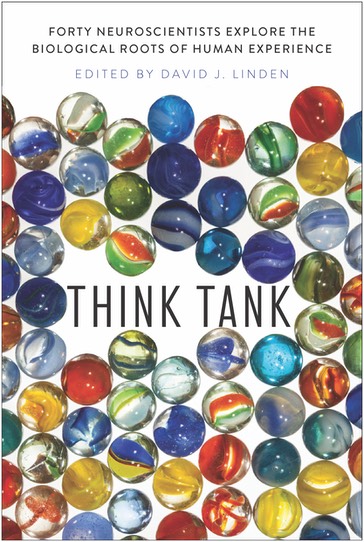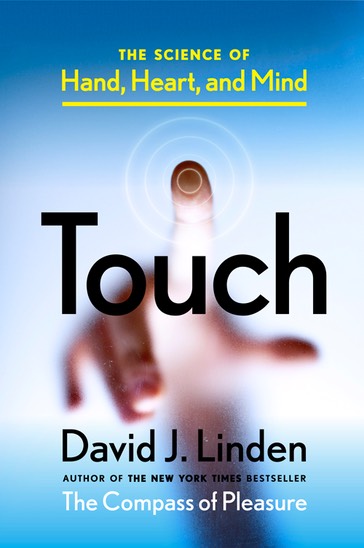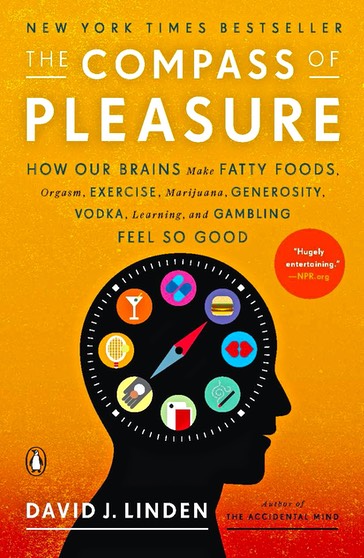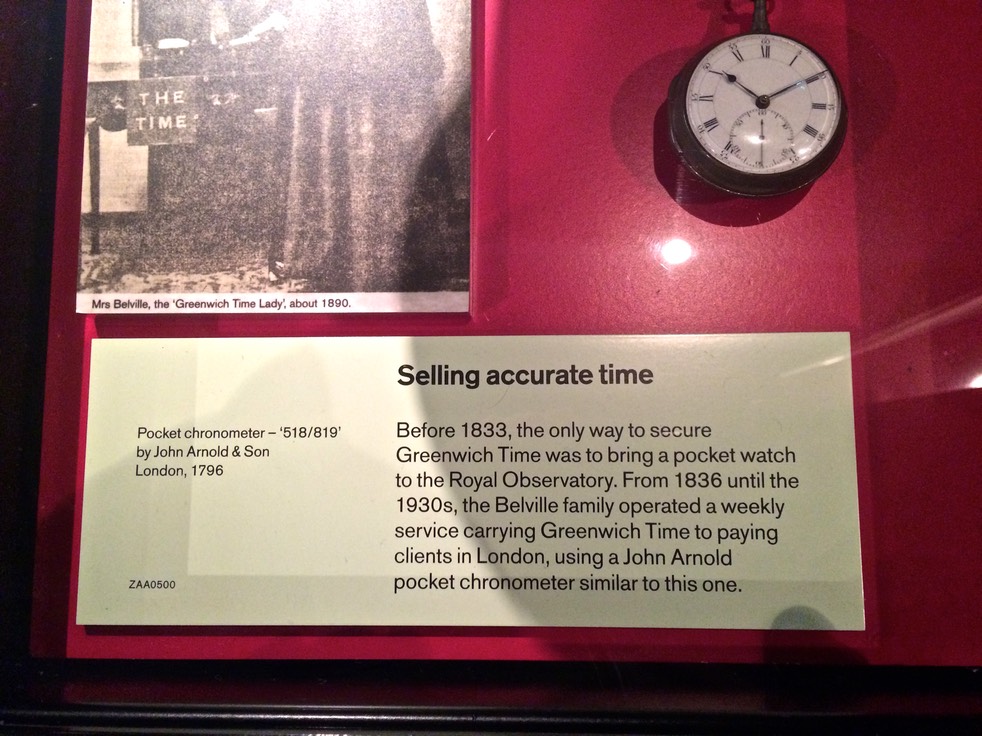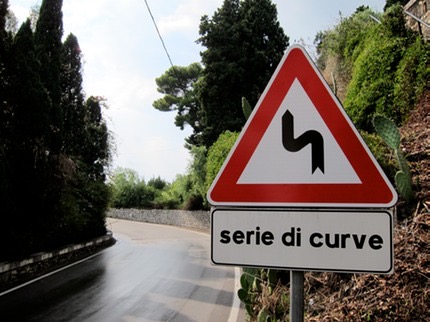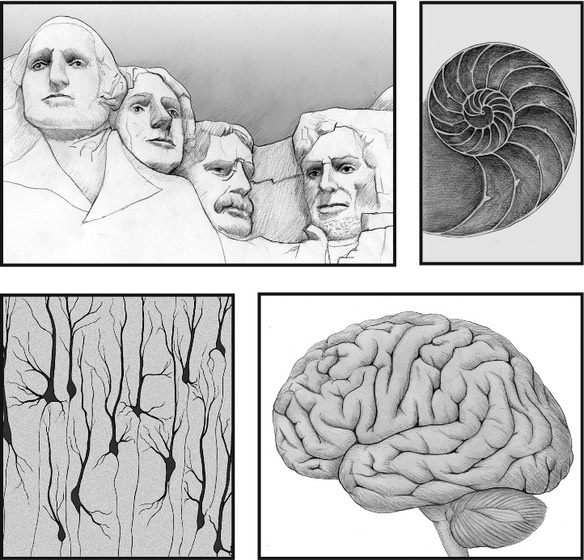
Recovering Sexual Function After Prostatectomy
In Touch I wrote:
Generally speaking, men report more reliable orgasms than women during both masturbation and partnered sex. This has led to the popular idea that, while women experience a complex blend of sexual sensations from different pelvic areas, the entirety of men’s sexual sensation is unvarying and originates from the penis. This is incorrect. Just as the external clitoris has a special role in women’s orgasm, the penis, particularly the glabrous skin of the glans penis, is the most reliable trigger of men’s orgasm, but other pelvic regions also contribute. After complete removal of the prostate, in the best cases erection, urinary control, and orgasm are spared but ejaculation is eliminated, resulting in dry orgasms.[i] In one recent small survey, all the men who had undergone complete prostatectomy but could still have orgasms reported that they no longer felt the exquisite sensation of inevitability, the “point of no return” leading to orgasm.[ii] Signals from the scrotum, testicles, perineum, anus, and rectum can also contribute to male orgasm and can influence both its timing and qualitative aspects (deep versus surface, throbbing versus flowing).
In response to this, I received this smart, well-thought and encouraging message, from reader RW which I am sharing with his permission.
"David, I am reading your book, Touch. You have commented several times onthe reduced pleasure and sexuality after a prostetectomy, even a nervesparing operation. I have some observations to make:
It is really discouraging, right after the operation. I was 65. Erections occurred immediately following the operation, but, as the nerves continued to die, it was complete impotency. Not only that, but, as you mention, the lack of a prostate gland makes orgasm sort of hollowed out. Ejaculation is asubstantial part of the male experience. For quite a while whenever Iorgasmed, it seemed very flat.
I can see that, for many men, this would be the end of sexuality. Given brain plasticity, learned non-functionality is a reality. After 6 months of non-operation, especially at this age, people can loose everything. I treasure my sexuality and persevered. After 6 months the nerves regrew, starting from the base of the penis until 6 months later, erection extended to the length. Not as firmly as before, but Viagra filled in the gaps. I maintained a regimen of about 2 orgasms a week over that year.
To my utter surprise, my brain also rewired. The part of the brain, I surmise, which was dedicated to the pleasure of prostate ejaculation was taken over by the adjacent pleasure circuitry of the primary orgasm. I no longer felt the hollow echo of the non-ejaculation. My orgasms became unbelievably intense and lengthened. I even, at one point, orgasmed twice within 5 minutes without a refractory period, something I could not ever do, even as a young man. I think that my orgasms are more like what aretypically called "female."
Now, 10 years on, the brain is getting cranky and harder to start, but still, my wife commented that my orgasms are like no others. I am not faking it.
My recommendation to the recently prostetectomized, just keep at it. Life may offer you a substantial surprise.”
Amen, brother.
[i] While we normally think of erection as being a prerequisite for orgasm, this is not entirely correct. For example, if the pudendal arteries become blocked, erection cannot occur, but stimulation of the penis can still produce orgasm in some cases.
[ii] M. Koeman, M. F. Van Driel, W. C. M. Weijmar Schultz, and H. J. A. Mensink, “Orgasm after radical prostatectomy,” British Journal of Urology 77 (1996): 861–64.
Orgasm Arithmetic
The poet Jim Carroll described his first experience mainlining heroin as feeling “like 50,000 orgasms all at once.” Another writer compared intravenous cocaine injection to “orgasm X 1,000.” Putting aside the fanciful arithmetic, there’s a strand of neurochemical truth here: Drugs like heroin and cocaine produce a sustained dopamine surge in key regions of the medial forebrain pleasure circuit, while orgasm produces a fairly brief dopamine surge (not unlike a single hit from a crack pipe). As such, drugs that boost dopamine signaling, like cocaine and amphetamines (and even the L-dopa used to treat Parkinson’s disease), can prolong and enhance orgasm, while drugs that block dopamine receptors or dopamine release, like some antipsychotic drugs, suppress it. It’s worthwhile to note that the positive and negative effects of dopamine drugs on orgasm are also reflected in similar effects on libido and genital responses to sexual stimuli. Cocaine, for example, is one of the few psychoactive drugs of abuse that increases libido and promotes penile erection or vaginal lubrication.
The Essence of Recollection
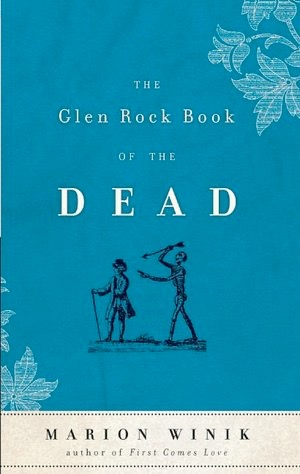
Baltimore writer Marion Winik knows from experience what neurobiologists are now understanding at a cellular level: Memory is fluid and is subtly changed by each act of recollection. Dig this, from her splendid work, The Glen Rock Book of the Dead.
The Driving Instructor, d. 1985
"How many poems can you write about your father? Maybe one for every day of your life. Your father is the poem inside you when you wake up in the morning, the poem like a spine, shaping how you stand and sit, the poem with you on the toilet, the sink, the coffeepot, the poem that leans back into the driver's seat and spins the steering wheel with one practiced hand. Turn left. Left goddammit. For Christ's sake, learn to drive. Anger, forgiveness, duty, money, jokes, your father is the chairman of all these departments. We used to say, remember what an asshole he could be, but now we can't remember that anymore. What's left is the assholes we are.
Whole religions were made up so people could see their father again, and you don't have to be Jesus or Abraham Lincoln to have your actual biography dwarfed by your never-ending story in other people's heads. A thin gruel of memory thickened with everything that's happened since. Twenty-two years out you can hardly taste the stuff you started with but you just keep stirring, stirring, and putting the spoon in your mouth. Every day there is another thing he never saw: my children, my books, my houses, my aging face, the sweet little dog we have now, the latest morons in Congress and the NFL. The things I learned and the things I never have been able to. My disappointments, which would have disappointed him as well, so I might have hidden them. In dreams my father is sitting at the kitchen table, young and smooth-jawed, looking suspiciously like my teenaged son. The phone rings, he answers it, Hey Daddy, it's me. And look at this, still he gives the phone to my mom."
The Irish Ether Drinking Craze Of The 19th Century
During the 1830s Ireland was awash in alcohol, much of it produced locally in response to high alcohol import taxes imposed by the ruling British government. While many locals were assiduously distilling illegal poitín from potatoes or malted barley, a backlash against alcohol was also growing. The leading figure in this Irish temperance movement was a Catholic priest named Father Theobald Matthew, who in 1838 established the Total Abstinence Society. Its credo was simple: People who joined did not merely promise to consume in moderation, but took The Pledge, a commitment to complete abstinence from alcohol from that day forward. This simple approach was remarkably effective: In a single day more than twenty thousand drinkers were reported to have taken an oath of total abstinence at Nenagh, in County Tipperary. In fact, it is estimated that by 1844 roughly three million people, or about half the adult population of Ireland, had taken The Pledge.
Not surprisingly, some people looked for a way to keep to the letter of The Pledge while violating its spirit. One of these was a Dr. Kelly of Draperstown, County Derry, who realized that as a nonalcoholic tipple, ether filled the bill nicely. Ether is a highly volatile liquid that may be produced by mixing sulfuric acid with alcohol, as discovered by the German chemist Valerius Cordus around 1540. The inhalation of ether vapors leads to effects that range from euphoria to stupor to unconsciousness. In fact, ether was the first drug ever to be used for general anesthesia when in 1842 Dr. Crawford Long of Jefferson, Georgia, employed it during the removal of a tumor from the neck of a patient. Dr. Long had been introduced to ether as a recreational drug during “ether frolic” parties while a medical student at the University of Pennsylvania and had the insight to imagine its practical use during surgery.
Dr. Kelly, desperate to become intoxicated while maintaining The Pledge, realized that not only could ether vapors be inhaled, but liquid ether could be swallowed. Around 1845 he began consuming tiny glasses of ether, and then started dispensing these to his patients and friends as a nonalcoholic libation. It wasn’t long before it became a popular beverage, with one priest going so far as to declare that ether was “a liquor on which a man could get drunk with a clean conscience.” In some respects ingesting ether is less damaging to the system than severe alcohol intoxication. Its volatility—ether is a liquid at room temperature but a gas at body temperature—dramatically speeds its effects. Dr. Ernest Hart wrote that “the immediate effects of drinking ether are similar to those produced by alcohol, but everything takes place more rapidly; the stages of excitement, mental confusion, loss of muscular control, and loss of consciousness follow each other so quickly that they cannot be clearly separated.” Recovery is similarly rapid. Not only were ether drunks who were picked up by the police on the street often completely sober by the time they reached the station, but they suffered no hangovers.
Ether drinking spread rapidly throughout Ireland, particularly in the North, and the substance soon could be purchased from grocers, druggists, publicans, and even traveling salesmen. Because ether was produced in bulk for certain industrial uses, it could also be obtained quite inexpensively. Its low price and rapid action meant than even the poorest could afford to get drunk several times a day on it. By the 1880s ether, distilled in England or Scotland, was being imported and widely distributed to even the smallest villages. Many Irish market towns would “reek of the mawkish fumes of the drug” on fair days when “its odor seems to cling to the very hedges and houses for some time.” In 1891, Norman Kerr, writing in the Journal of the American Medical Association, painted a vivid picture of pervasive ether intoxication:
“Sturdy Irish lads and beautiful Irish lasses, brimful of Hibernian wit, are slaves to ether drunkenness. The mother may be seen with her daughters and maybe a neighboring Irishwoman or two at a friendly ether “bee.” The habit has become so general that small shopkeepers treat the children who have been sent to purchase some article, with a small dose of ether, and schoolmasters have detected ether on the breaths of children from 10 to 14 (or even younger) on their arrival at school.”
It is interesting to note that, even at the peak of the Irish ether-drinking craze, the possession, sale, and private use of ether remained legal. The first attempt to control the problem involved adulterating industrial ether with naphtha, which has an odor and taste even more offensive than ether itself. This was an utter failure—people just blended it with sugar and spices to mask the taste, held their noses, and tossed it back. Ether drinking in Ireland was finally curtailed in 1891 when the British government classified ether as a poison and enforced strict controls on its sale and possession, thus dramatically restricting its distribution and use. The practice lingered for a few years longer but appeared to be completely abolished by the 1920s.
Cheap, quick, and no hangover afterwards? No wonder ether was so popular. However, before you head out the door to score some, it’s worth mentioning a few of the downsides. These include a truly awful smell and taste, coupled with a strong burning sensation while the foul stuff is going down. Plus, it makes you drool like a Saint Bernard dog on a hot summer day, not to mention stimulating truly monumental burps and farts. These aren’t normal emissions—they are laden with highly flammable ether vapors. You can imagine what happened when an ether drinker would light up a pipe and belch or sit down by an open fire and break wind. Severe burns at either end of the alimentary canal were a common hazard.
The Pits of Despair
“It has been the custom in rural Austria for the girls to keep slices of apples in their armpits during dances, perhaps as a natural deodorant. At the end of the dance the girl would present the slice to her favorite partner and he would gallantly eat it.”
Brody, B. (1975) The sexual significance of the axillae. Psychiatry 38, 278-289.
Video Games And The Brain's Pleasure Circuits
Winning money from gambling activated the brain’s pleasure circuits. While money is not an intrinsic, evolutionarily salient reward in the same way that food, water, and sex are, one could argue that it has come to represent the possibility of intrinsic rewards, and so activation of the pleasure circuit by money is not strictly arbitrary. This begs the question: Can the human pleasure circuit be activated by stimuli that are entirely arbitrary? Video games could be a good test case for this question, as they may not provide an intrinsic reward.
Allan Reiss and his coworkers at Stanford University performed brain scanning on subjects playing a simple video game. The subjects were eleven male and eleven female Stanford students, selected to have similar, moderate previous experience with video games and computers generally. The video game involved a screen with a vertical dividing line and leftward-moving balls on the right-hand side, which the player could click to remove. When a ball hit the divider, it caused the divider to move slightly leftward, reducing the player’s “territory” on the left-hand side of the screen. Conversely, for each second that the area near the divider was kept clear of balls, it would move rightward, gaining territory for the player. The only instruction given was, “Click on as many balls as possible.” All players soon deduced the point of the game and adopted a click strategy to increase territory.
In all subjects, game play activated a large number of brain regions, including those associated with visual processing, visuospatial attention, motor function, and sensorimotor integration. While these are not surprising results for this task, what was interesting was that key regions of the medial forebrain pleasure circuit were also activated, including the nucleus accumbens, as well as the amygdala, and the orbitofrontal cortex. While both men and women showed activation in these regions during game trials, the effect was significantly stronger in men.
The most provocative aspect of these results is the general finding: Video game play, a completely unnatural behavior divorced from intrinsic reward, activated the pleasure circuit to some degree in all subjects. Perhaps video games tap into some very general pleasure related to agency, and goal fulfillment. It’s also likely that many video games offer a very highly effective reward schedule: Just like puffing cigarettes, the pleasurable moments they provide are brief, but they have rapid onset and are repeated often.
The increased level of activation in men is also interesting, but somewhat harder to interpret. Is there something general about video games that makes them more pleasurable for men? Or is there something about “gaining territory” in a video game that is particularly male-focused? My own suspicion is that the answer lies in the particular details of the game: If they repeated this study with a combined pattern-recognition and reflex game like Tetris, the gender difference would likely disappear.
An earlier study using a different form of brain scanning (positron emission tomography, or PET) revealed increased dopamine release in subjects playing a tank-driving video game. Furthermore, those subjects who scored highest in the game had the largest dopamine-release signals in the dorsal striatum and nucleus accumbens. While this study is consistent with others demonstrating dopamine pleasure circuit activation in video games, it is complicated by the fact that the subjects were paid (eight UK pounds) for each video game level they completed successfully—thus conflating monetary reward and game play.
If video games can activate the dopamine pleasure circuit, does that mean that one can become addicted to them? The answer seems to be a weak, qualified yes. There is already a burgeoning industry, complete with standardized questionnaires and dubious therapies, that claims to aid in the treatment of video game addiction and Internet addiction. However, media accounts have overstated both the extent of the problem and its severity. The best indications are that most compulsive video game players recover without intervention.
